Home>Gardening & Outdoor>Plant Care & Gardening Tips>How To Bring Mums Back To Life
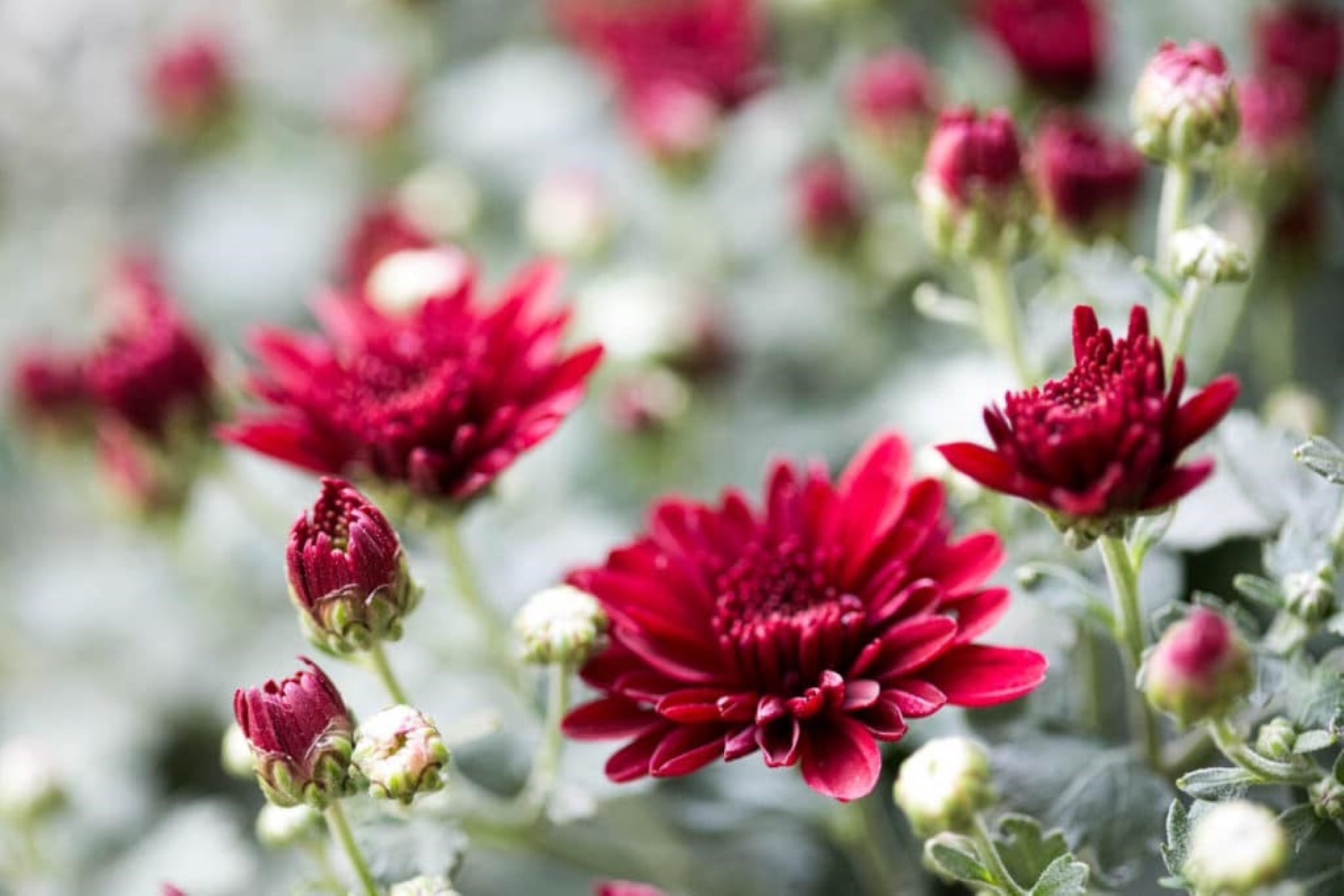

Plant Care & Gardening Tips
How To Bring Mums Back To Life
Published: March 1, 2024
Learn expert plant care and gardening tips to revive your mums and bring them back to life. Discover the best practices for nurturing healthy and vibrant mums in your garden.
(Many of the links in this article redirect to a specific reviewed product. Your purchase of these products through affiliate links helps to generate commission for Storables.com, at no extra cost. Learn more)
Introduction
Reviving a struggling mum plant can be a rewarding and fulfilling experience for any gardener. Mums, scientifically known as Chrysanthemums, are cherished for their vibrant blooms and ability to thrive in the fall, adding a burst of color to gardens and outdoor spaces. However, even the most resilient plants can encounter challenges, leaving their caretakers feeling disheartened. But fear not, as with the right knowledge and care, it's possible to breathe new life into these beloved flowers.
In this comprehensive guide, we will delve into the art of reviving mums, equipping you with the essential insights and techniques to nurture these plants back to their former glory. Whether you're a seasoned gardener or a novice enthusiast, understanding the intricacies of mum care and revival can elevate your gardening prowess and deepen your connection with nature.
As we embark on this journey, it's crucial to approach the revival process with patience, attentiveness, and a genuine passion for plant care. By doing so, you'll not only witness the remarkable resilience of mums but also cultivate a deeper appreciation for the delicate balance of nurturing life within your garden.
So, let's roll up our sleeves, gather our gardening tools, and embark on a revitalizing adventure to bring mums back to life. Get ready to witness the transformation of wilted petals into vibrant blossoms, as we uncover the secrets to reviving and maintaining the health of these beloved floral beauties.
Key Takeaways:
- Reviving mums requires careful assessment and targeted steps, including pruning, soil optimization, and vigilant pest management. With patience and nurturing care, mums can flourish and bring vibrant beauty to your garden.
- To maintain healthy mums, prioritize regular watering, pruning, and soil care. Pay attention to sunlight, fertilization, and pest vigilance. Prepare mums for winter dormancy to ensure their enduring vitality.
Read more: How To Bring Carpet Back To Life
Understanding Mums
Chrysanthemums, commonly referred to as mums, are revered for their stunning and diverse array of colors, shapes, and sizes. These perennial plants belong to the Asteraceae family and are native to Asia and northeastern Europe. Mums have garnered widespread popularity among gardeners and floral enthusiasts due to their resilience, versatility, and captivating blooms.
One of the defining characteristics of mums is their remarkable adaptability to various climates and growing conditions. This adaptability allows them to thrive in a wide range of environments, making them a cherished addition to gardens, landscapes, and floral arrangements. From vibrant yellows and oranges to rich purples and pinks, the spectrum of hues exhibited by mum blooms adds a vibrant touch to any outdoor space.
Mums are known for their distinct growth habits, with some varieties boasting a bushy, compact form, while others display a more cascading or trailing growth pattern. This diversity in growth habits enables gardeners to incorporate mums into an assortment of landscaping designs, from border plantings to container gardens.
Understanding the lifecycle of mums is essential for their care and maintenance. These plants typically bloom in the late summer to fall, offering a burst of color when many other flowers have faded. As the days grow shorter and temperatures drop, mums begin to prepare for winter dormancy. This natural cycle underscores the importance of providing adequate care to ensure their vitality and longevity.
Furthermore, mums exhibit a remarkable resilience to pests and diseases, making them relatively low-maintenance compared to other flowering plants. However, despite their hardiness, mums require attentive care to thrive, especially during their active growing season.
In essence, comprehending the unique characteristics, growth patterns, and lifecycle of mums is fundamental to fostering their health and vitality. By gaining a deeper understanding of these beloved plants, gardeners can cultivate a profound appreciation for their enduring beauty and the joy they bring to outdoor spaces.
Assessing the Condition of Mums
Assessing the condition of your mums is a crucial first step in the journey to reviving these resilient plants. By carefully observing and evaluating their current state, you can gain valuable insights into the specific issues affecting their health and vitality. Here's how to effectively assess the condition of your mums:
-
Visual Inspection: Begin by conducting a thorough visual inspection of the entire mum plant. Look for signs of wilting, yellowing or browning of leaves, and any visible damage or discoloration on the stems and blooms. Take note of the overall posture of the plant, as drooping or sagging stems may indicate underlying issues.
-
Soil Moisture: Check the moisture level of the soil in which the mums are planted. Use your fingers to assess the soil's moisture content, ensuring it is neither excessively dry nor waterlogged. Proper soil moisture is essential for the overall health and vigor of the plants.
-
Root Health: While assessing the condition of mums, it's essential to consider the health of their root systems. Gently dig around the base of the plant to examine the roots. Healthy roots should appear firm, white, and free from foul odors, indicating robust root health.
-
Pest and Disease Inspection: Look for any signs of pest infestations or disease symptoms on the leaves, stems, and blooms of the mums. Common indicators include holes in leaves, webbing, or unusual discoloration. Identifying and addressing pest and disease issues is vital for the plant's recovery.
-
Environmental Factors: Evaluate the environmental conditions surrounding the mums, including sunlight exposure, temperature, and air circulation. Ensure that the plants are receiving adequate sunlight and are not subjected to extreme temperature fluctuations or stagnant air, which can impact their overall well-being.
-
Previous Care and Maintenance: Reflect on the care and maintenance practices employed for the mums, including watering frequency, fertilization, and pruning. Assess whether any deviations from optimal care may have contributed to the plant's current condition.
By meticulously assessing these key aspects, you can gain a comprehensive understanding of the factors influencing the health and vitality of your mums. This insightful evaluation sets the stage for implementing targeted strategies to revive and rejuvenate these beloved plants, ultimately fostering their resilience and longevity in your garden.
Steps to Revive Mums
Reviving mums requires a strategic and attentive approach to address the specific issues impacting their health and vitality. By implementing targeted steps, you can effectively breathe new life into these resilient plants, fostering their resurgence and vibrancy within your garden. Here's a comprehensive guide outlining the essential steps to revive mums and restore them to their former glory:
-
Pruning and Deadheading: Begin the revival process by carefully inspecting the mum plant for wilted or spent blooms, as well as any damaged or diseased foliage. Utilize sharp, clean pruning shears to remove these undesirable elements, promoting airflow and encouraging new growth. Deadheading spent blooms redirects the plant's energy towards producing fresh blossoms, enhancing its overall appearance.
-
Optimizing Soil Conditions: Assess the soil moisture and drainage around the mums, ensuring they are planted in well-draining soil. If the soil is excessively compacted or waterlogged, consider amending it with organic matter to improve its texture and drainage. Additionally, incorporating a balanced, slow-release fertilizer can provide essential nutrients to support the plant's recovery and future growth.
-
Watering with Care: Proper watering is paramount in the revival of mums. Strike a balance by ensuring the soil remains consistently moist but not waterlogged. Avoid overhead watering, as it can lead to foliage diseases. Instead, direct water at the base of the plant to deliver moisture directly to the roots. Adjust the watering frequency based on environmental conditions, aiming to maintain optimal soil moisture levels.
-
Sunlight and Air Circulation: Position the mums in an area that receives ample sunlight, ideally 6-8 hours of direct sunlight per day. Adequate sunlight is essential for stimulating healthy growth and vibrant blooms. Furthermore, ensure proper air circulation around the plants to mitigate the risk of fungal diseases and promote overall plant vigor.
-
Supportive Care: Consider providing additional support to the mums, especially if they exhibit a sprawling or leggy growth habit. Gentle staking or the use of discreet plant supports can help maintain an upright and tidy appearance, preventing stems from bending or breaking under the weight of blooms.
-
Vigilant Pest and Disease Management: Monitor the mums regularly for signs of pest infestations or disease development. Swiftly address any issues using organic pest control methods or targeted treatments to safeguard the plants from potential harm.
By diligently following these steps and tailoring them to the specific needs of your mums, you can embark on a transformative journey to revive and rejuvenate these cherished plants. With patience, attentiveness, and a nurturing touch, you'll witness the remarkable resilience of mums as they flourish and thrive, gracing your garden with their resplendent beauty.
Maintenance Tips for Healthy Mums
Maintaining the health and vitality of mums is an ongoing endeavor that requires consistent care and attention. By incorporating these essential maintenance tips into your gardening routine, you can ensure the long-term well-being and resilience of these beloved plants.
Read more: How To Bring Outdoor Ferns Back To Life
1. Regular Watering and Soil Care
Consistent and mindful watering is paramount for the health of mums. During the active growing season, monitor the soil moisture regularly, aiming to keep it consistently moist but not waterlogged. Adjust the watering frequency based on environmental conditions, ensuring that the roots receive adequate hydration. Additionally, mulching the soil around the mums can help retain moisture, regulate soil temperature, and suppress weed growth, contributing to overall soil health.
2. Pruning and Deadheading
Regular pruning and deadheading play a pivotal role in maintaining the appearance and vigor of mums. Remove spent blooms and withered foliage promptly to encourage continuous blooming and prevent the plant from expending energy on seed production. Additionally, periodic pruning helps maintain a compact and tidy growth habit, promoting airflow and reducing the risk of disease.
3. Fertilization and Nutrient Support
Supplementing mums with balanced, slow-release fertilizer during their active growth phase can provide essential nutrients to support robust foliage and prolific blooming. Opt for a fertilizer specifically formulated for flowering plants, and apply it according to the manufacturer's recommendations. Avoid over-fertilization, as it can lead to excessive foliage growth at the expense of blooms.
4. Sunlight and Environmental Considerations
Position mums in an area that receives ample sunlight, ideally 6-8 hours of direct sunlight per day. Adequate sunlight is crucial for stimulating robust growth and vibrant blooms. Furthermore, be mindful of environmental factors such as temperature fluctuations and air circulation. Protect mums from extreme heat or cold, and ensure proper air circulation to mitigate the risk of fungal diseases.
Read more: How To Pinch Back Mums
5. Pest and Disease Vigilance
Regularly inspect mums for signs of pest infestations and disease development. Implement proactive measures to deter pests, such as deploying natural pest repellents or introducing beneficial insects. Should any signs of disease or pest activity be observed, promptly address them using targeted treatments to prevent escalation and protect the overall health of the plants.
6. Winter Preparation
As mums prepare for winter dormancy, it's essential to prepare them for the seasonal transition. Gradually reduce watering as the weather cools, allowing the plants to enter a dormant state naturally. Apply a layer of mulch around the base of the plants to insulate the roots and protect them from harsh winter conditions.
By integrating these maintenance tips into your gardening practices, you can cultivate a nurturing environment that fosters the enduring health and vitality of mums. With attentive care and a deep appreciation for these resilient plants, you'll witness the continuous beauty and vibrancy they bring to your outdoor spaces.
Frequently Asked Questions about How To Bring Mums Back To Life
Was this page helpful?
At Storables.com, we guarantee accurate and reliable information. Our content, validated by Expert Board Contributors, is crafted following stringent Editorial Policies. We're committed to providing you with well-researched, expert-backed insights for all your informational needs.

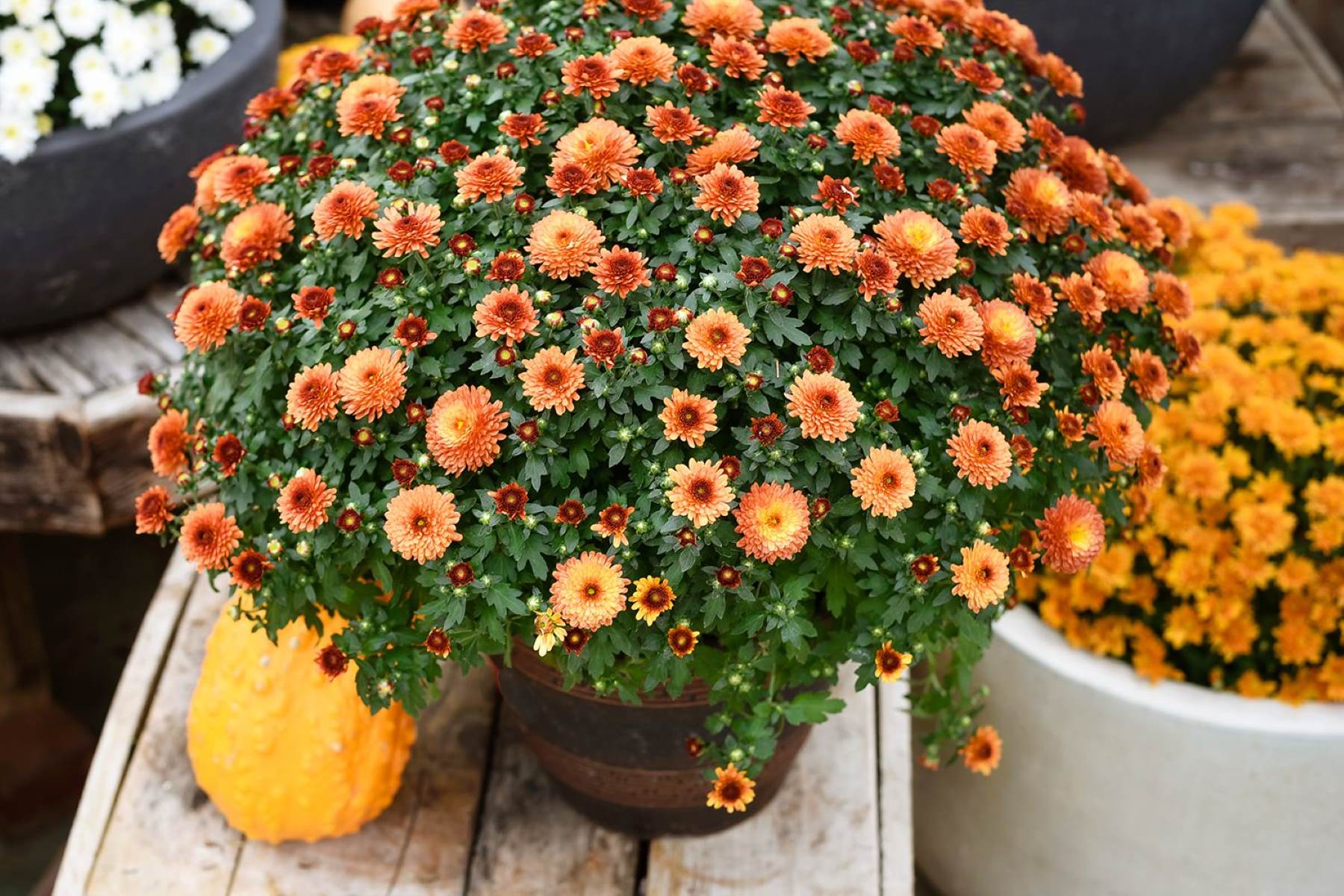



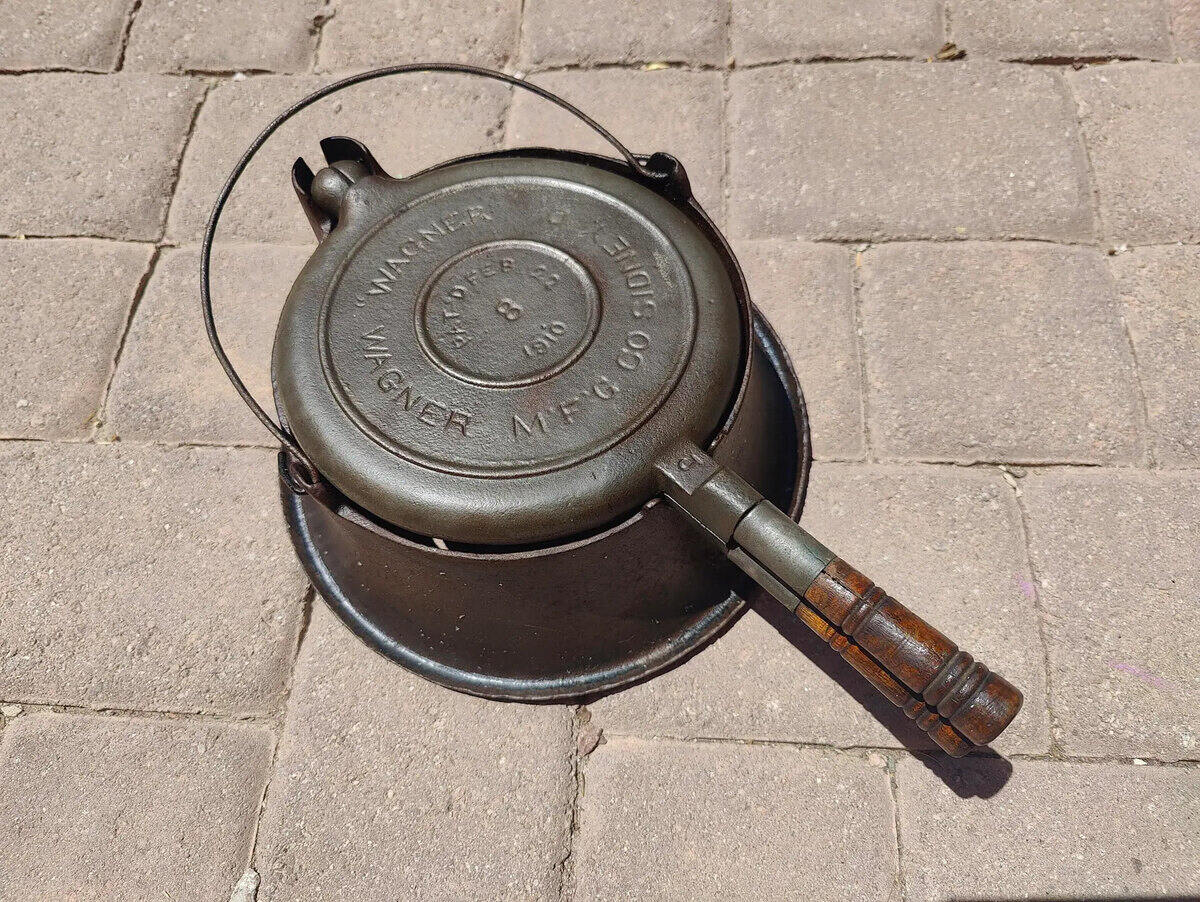




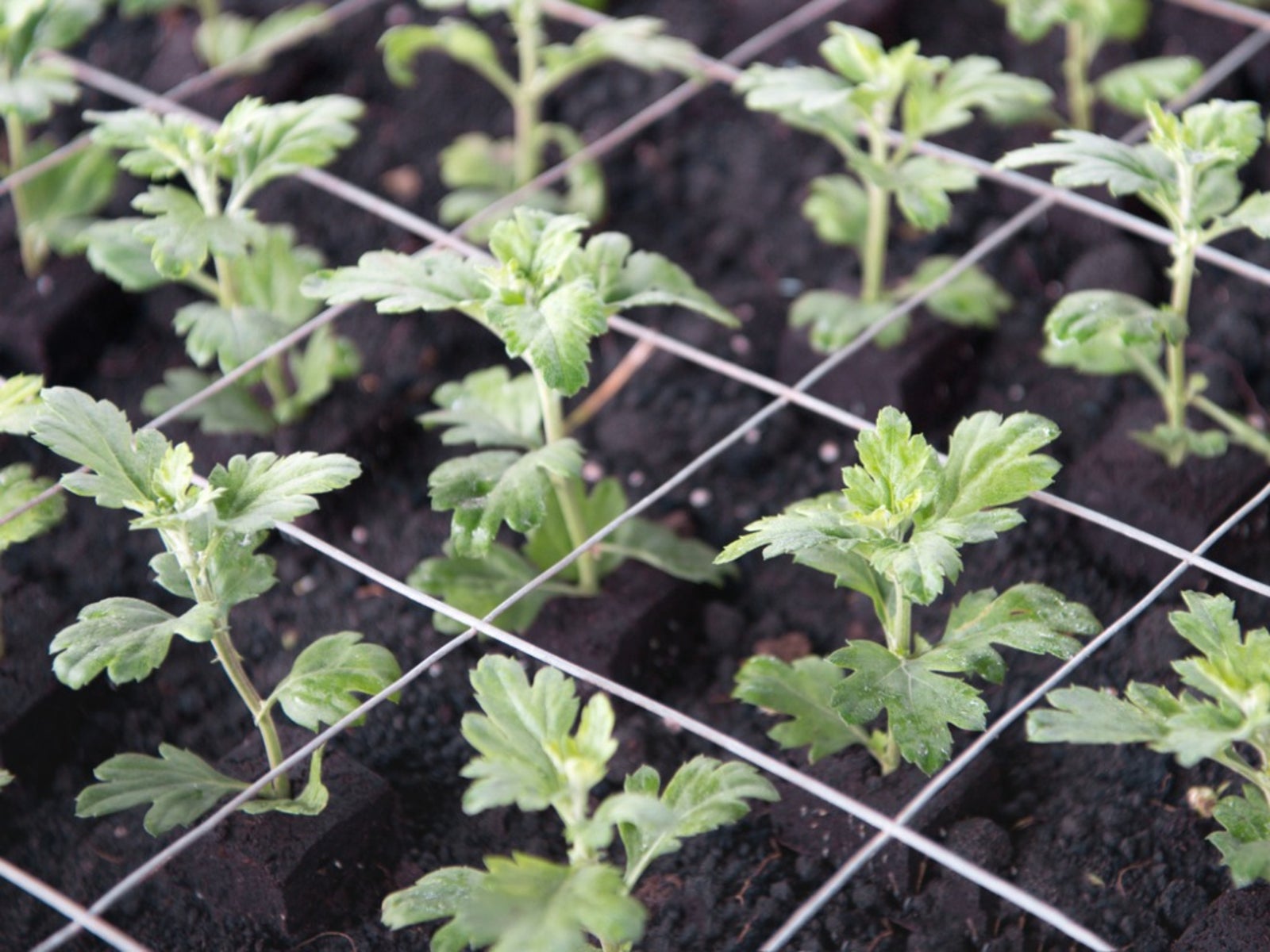
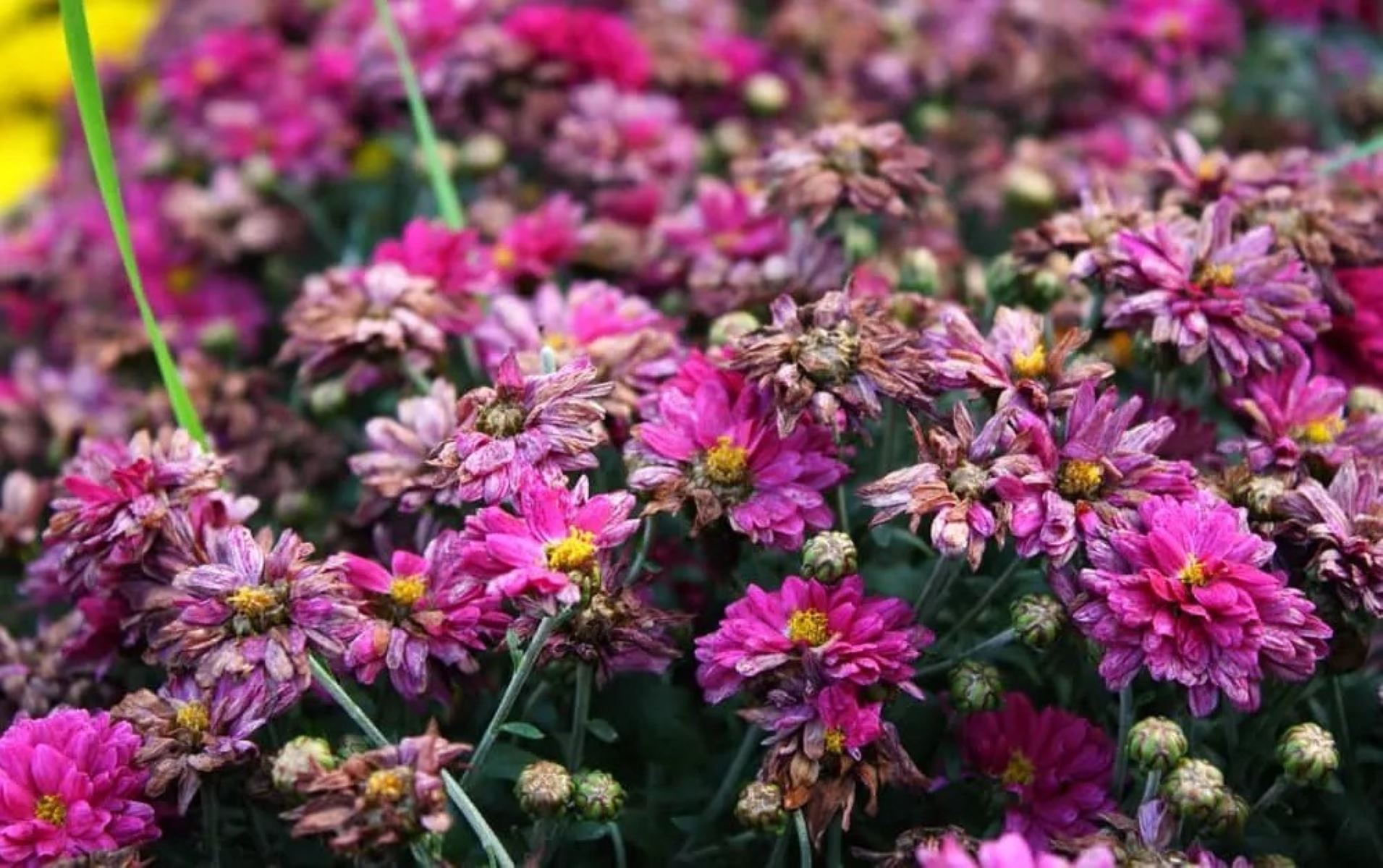


0 thoughts on “How To Bring Mums Back To Life”